Safety standards have improved since the first World Championship Grand Prix at Silverstone in 1950, where there was no medical back-up or safety measures in case of an accident. It was not until the 1960s these were first introduced, as helmets and overalls became mandatory and the FIA assumed responsibility for safety at the circuits. Steps were taken to improve the safety of the Formula One car in the 1970s; the cockpit opening was enlarged allowing the driver to escape more quickly in the event of an accident and outside mirrors became mandatory.
The 1980s saw further improvement in the structure of the Formula One car, with the monocoque being made out of carbon fibre instead of aluminium, increasing protection upon impact. Grooved tyres were introduced in 1998 instead of racing slick tyres to reduce cornering speed. Safety measures continued to be introduced into the 21st century, with a number of circuits having their configuration changed to improve driver safety. Ecuadorian-American racing driver Juan Manuel Correa endured life-threatening injuries during a horrific Formula 2 crash that killed fellow racer Anthoine Hubert at Spa-Francorchamps in 2019.
Correa has been on a long road to recovery since, including weeks in a medically induced coma immediately following the crash. Although doctors initially offered to amputate his right leg, he has managed to regain unimpeded use of it after more than a year of it being pinned in an external fixator and multiple surgeries. This will go down in history as the most talked about F1 fatality in its history.
The legendary Brazilian died when his car crashed into a concrete wall, causing head injuries. His death was the second that weekend, after Roland Ratzenberg had a fatal crash in qualify. These two deaths prompted calls for major safety overhaul, which led to no death recorded for two decades, before Bianchi's crash. During a practice session at the Jerez circuit, Donnelly suffered an almost-fatal crash, resulting in brain and lung contusions, and severe leg fractures. The car collided with the race barrier at 167 mph, exploding into pieces and sending Martin across the track still attached to his seat.
The thing that saved him was the lightweight design of the car he'd been driving – modified to accommodate a V12 engine. Formula One is the highest class of open-wheeled auto racing defined by the Fédération Internationale de l'Automobile , motorsport's world governing body. The "formula" in the name refers to a set of rules to which all participants and vehicles must conform. The F1 World Championship season consists of a series of races, known as Grands Prix, held usually on purpose-built circuits, and in a few cases on closed city streets.
The results of each race are combined to determine two annual Championships, one for drivers and one for constructors. Not all of the world's great sporting stars are as extrovert as they might appear – or as we might want them to be. Jim Clark was one of the most unassuming men ever to sit in an F1 cockpit, but also arguably the most singularly gifted driver of all time. Hubert hit the wall at one of the fastest points of the notorious Spa circuit, the flat-out Eau Rouge and Radillon corners.
His car rebounded off the barriers towards the track and was then collected at high speed by Ecuadorean-American racer Juan Manuel Correa. He is being treated at a specialist London clinic for acute respiratory failure, broken legs and spinal chord damage; he was placed in an induced coma last week as the respiratory complications emerged. Other racing drivers and teams from across motorsport have paid tribute on social media. Clark set 33 pole positions and won 25 of the 72 GP starts he made, and can claim numerous records to this day – in 1963, for example, he led 71 per cent of all laps raced that season.
As well as his versatility, Clark was revered for his incredible silkiness behind the wheel, and his extraordinary mechanical sympathy. "Jim Clark was everything I aspired to be, as a racing driver and as a man," his great friend Sir Jackie Stewart said. The French racing driver was killed in a devastating 160mph Formula Two crash at Spa-Francorchamps. He lost control of his car on the exit of the notorious uphill Eau Rouge corner before slamming into the far-side barrier.
The Frenchman flew off the tyre wall and slid across the circuit before he was hit head on by the unsuspecting American Juan-Manuel Correa. Four times a runner-up in the F1 drivers' championship, he was named BBC Sports Personality of the Year in 1961. Although the deaths of these racing legends were tragic events, they helped the sport to develop many of the modern safety devices and regulations that are used in the sport today. As a result of this, Formula One celebrated the 20th fatality-free season in 2014, up until Bianchi's accident in Japan. The 2000's remains the only decade to date in which no driver was killed.
The first driver fatality that occurred in the Formula One series was that of Cameron Earl. He was killed while working as an English Racing Automobiles team technical consultant. Hubert, 22, lost control of his car on the second lap of the race at the top of the Raidillon corner, which follows the famous Eau Rouge section of the Belgian race track. After an initial impact with the barriers, Hubert's car came back onto the race track and was hit at upwards of 200 km/h by American driver Juan Manuel Correa. His car, a Yoeman Credit Racing Cooper, crashed into an embankment on an extended fast right-hand curve.
Bristow was flung into the barbed wire fence beyond, which decapitated him. At 22 years of age, Chris Bairstow remains the youngest driver to have died in an F1 championship race. Hubert was killed in a horrific, high-speed accident exiting the Eau Rouge corner. Hubert was taken to the medical centre but died shortly afterwards. Correa has had leg and spinal surgery and remains in intensive care. O driver enters motor racing unaware of the very real risks involved.
This weekend at Spa they were given a brutal reminder of what will always be a possibility when climbing behind the wheel. The death of Anthoine Hubert during an F2 race on Saturday served tragic notice that, for every effort to improve safety, drivers are still always putting their lives in jeopardy. But they know this and accept that risk will never be legislated out of racing.
As others have noted, about one F1 driver died per year from the 1950's thru the '70s. Since the deaths of Senna and Ratzenberger in 1994, there have been none during a race weekend. About 50% of the drivers are killed each year, and if it get to 51% they stop racing for the rest of the year…. "He was a true giant of our sport that overcame the most difficult of challenges in life and battled every day to win on and off the track," Domenicali said.
"His incredible achievements and personality will be with etched on our sport forever. My thoughts are with all the Williams family and their friends at this sad time." The crash, which involved multiple cars, occurred on the second lap of the race, with medical crews rushing to the scene before taking the drivers to the circuit's medical centre. Anthoine Hubert died at the Spa-Francorchamps track following a 160 mph crash in the Formula 2 Belgian Grand Prix two years ago, but his memory is still very much alive for everyone.
Formula 1 Driver Who Died In 2019 Hubert was the first driver to die during a Formula 1 race weekend since 1994, when Ayrton Senna was killed at the San Marino Grand Prix. Lauda raced in the 1973 F1 season as a member of the British Racing Motors team. In 1974 he signed with the prestigious Scuderia Ferrari team and garnered his first career F1 victory , finishing the season in fourth place. He broke out in 1975, winning five races to capture his first world championship.
Lauda was born into a wealthy paper-manufacturing family that disapproved of his interest in racing. Undaunted, he began racing Minis in 1968, moving on to Formula Vee and Formula Three thereafter. In 1971 he secured a loan against his life insurance policy to buy his way into the March Engineering Formula Two team. While still primarily a Formula Two driver, Lauda participated in his first F1 race during his initial season with March, and in 1972 he raced in 12 F1 events. Peterson's Lotus hit the barriers, bounced back on the track and caught fire.
He was pulled outt of the car with minimal burns but had severe leg injuries. He died the following day in the hospital when his bone marrow entered his blood stream. The halo is a safety device that forms a protective ring around the drivers' head. It was introduced following the death of French driver Jules Bianchi after he sustained massive head trauma on a rain-soaked track at the Japan GP six years ago and went headfirst into a trackside crane. Two years ago Charles Leclerc - Bianchi's close friend - was likely saved serious injury or death by the halo when another car landed on top of his at the Belgian GP. And one whose legend has only grown since his passing during the San Marino GP in 1994.
Norris said the events of last weekend were still very much in mind as he prepared for Monza, the fastest track of the year where cars hit speeds of more than 320kph, but it was also time to move on. Both Hubert's and Correa's cars were severed in two following the crash, with Correa's car flipped upside down. Hubert's car sustained a huge impact and span around violently, as did Correa's, with debris from both cars sprayed all over the track. Medics rushed to reach them on the famed 7-kilometer (4.3-mile) tree-lined track located in the Ardennes forest of Belgium.
Hubert appeared to lose control of his car on the exit of the corner before slamming into the far-side barrier. His car flew off the tire wall and slid across the circuit before he was hit by Correa's car. In an age when racing drivers competed in several different disciplines alongside Formula One, Moss won a total of 212 of the 529 races he entered in his 14-year career, which began in 1948. The 22-year-old Hubert died during an F2 race, following a 160 mph collision with U.S. driver Juan-Manuel Correa's car.
They accelerated uphill and when Hubert struck a tire barrier at the top of notorious Raidillon hill on the Spa circuit, his car bounced backward and was speared by Correa's at full impact. The shocking incident happened on the second lap of the F2 race just after F1 qualifying had finished. Hubert's car crashed heavily into the barriers and sprung back on to the track and was struck by Juan Manuel Correa, who was travelling behind and had no chance of swerving out of the way.
Both Leclerc and Gasly were there with the rest of the grid to stand alongside the Hubert family to pay tribute to the Frenchman, where the dangers of motorsport were visible for all of those in attendance to see. It was a replicated feeling from the day before, in the moments after qualifying for the Belgian Grand Prix. Leclerc and team-mate Sebastian Vettel had locked out an all-Ferrari front row, leaving Lewis Hamilton with plenty to ponder in the unfamiliar territory of third position. After finishing 1982 and 1983 in 5th and 10th place, respectively, he tallied five wins in 1984 to win his third career world championship by a half-point margin.
He retired from the sport for good after a 10th-place finish in 1985. After his retirement, he served in various executive capacities for a number of racing teams, was a television racing analyst, and founded another airline, NIKI . Davi Ferrer was a French racing driver who used to compete in historic grand prix racing. He had won two races prior to his death on 2 September 2017 while racing in the Zandvoort Historic Grand Prix.
The rear wing of Angelis' Brabham detached at high speed causing the car to cartwheel over the side track barrier and catch fire. Although he was not killed by the crash itself, the delay in rescuing him led to excessive smoke inhalation. Alborghetti must have pressed the throttle pedal instead of the brakes. The car raced across the track at the hair pin and ploughed into the straw bales.
Alborghetti suffered fatal chest and head injuries which caused his death. Being a high stakes and a volatile sport, there have been many deaths in Formula 1 racing. Formula 1 drivers risk their lives as well as those of other drivers, race officials and spectators. But such is a spectacle of a Formula 1 race that it attracts spectators in their hundreds of thousands for an event. The 22-year-old Frenchman was involved in a multi-car incident at Turn 4 and was immediately attended by emergency and medical crews. All drivers involved were taken to the medical centre, but Hubert sadly succumbed to his injuries.
The drivers have returned to Belgium ahead of this weekend's grand prix, most for the first time since the accident. The 34-year-old French driver slid off the track on the first lap and his Haas car burst into flames after being sliced in two by a barrier. Grosjean clambered out with the fire roaring behind him and his race helmet singed.
Formula One driver Romain Grosjean appeared to escape with minor burns after his car crashed and burst into flames moments after the start of the Bahrain Grand Prix on Sunday. The five-time world champ wasn't the only racecar driver to pay tribute to Lauda and walk beside his coffin on Wednesday. Walking right behind him were former drivers Alain Prost, Jean Alesi, Nelson Piquet, and Gerhard Berger. Being professorial clearly isn't as sexy as Senna-style, hot-blooded Latin devilry, but he made it work for him. Prost won 51 GPs and four world championships – it could easily have been seven – and like Fangio, he was a genius at conserving his car in favour of a late-race assault.
In other words, if you prefer your racing drivers to do everything with an 18,000rpm sense of abandon, Prost probably wasn't for you. He was also a fascinating and complex character, more complex than you might think. "The make-up of a champion is one of such inner self-belief that occasionally it shows up as flaws," Martin Brundle recently told Top Gear. By all accounts a humble and warm-hearted gentleman, Fangio nevertheless made sure he was always in the right car at the right time. This upset Enzo Ferrari, who prized total fealty to his team above all, but established a motor racing truism that still holds today.
Then again, perhaps Fangio was the one driver who was actually bigger than Ferrari. Lando Norris has told his parents not to worry for his safety after French racer Anthoine Hubert was killed in Belgium last weekend, but the youngest driver on the Formula One grid recognises that is easier said than done. "I think that's what you've got to say," the 19-year-old McLaren driver told reporters ahead of Sunday's Italian Grand Prix.
However, seeing his friend and racer Aryton Senna die in a similar crash in 1994 made him realise that he was lucky to be alive, and that perhaps he should focus his talents and energy somewhere else. While he is still involved with the sport, Martin is just happy to be alive and able to spend time with his family. Those deaths rocked the drivers and the international motorsports federation . A further five drivers died after that till 2017 with Jules Bianchi being the only fatality in a Championship race. Fifty-two Formula One drivers have died to date either while testing, practicing, qualifying or racing in Formula One. Moss retired in 1962 after a heavy crash at Goodwood which left him in a coma for a month.
Born in London in 1929, Moss was the son of amateur racing driver Alfred and his wife Aileen. He was knighted in the New Year Honours list in 2000 for services to motor racing. The news cast a pall over today's Formula 1 race, won by Ferrari's Charles LeClerc, and similarly dominates discussion within the F1 gaming community. Players on the F1 subreddit posted tribute screens of their laps in a BWT Arden F2 car at Monaco and Le Castellet, where Hubert claimed victories in his rookie season.

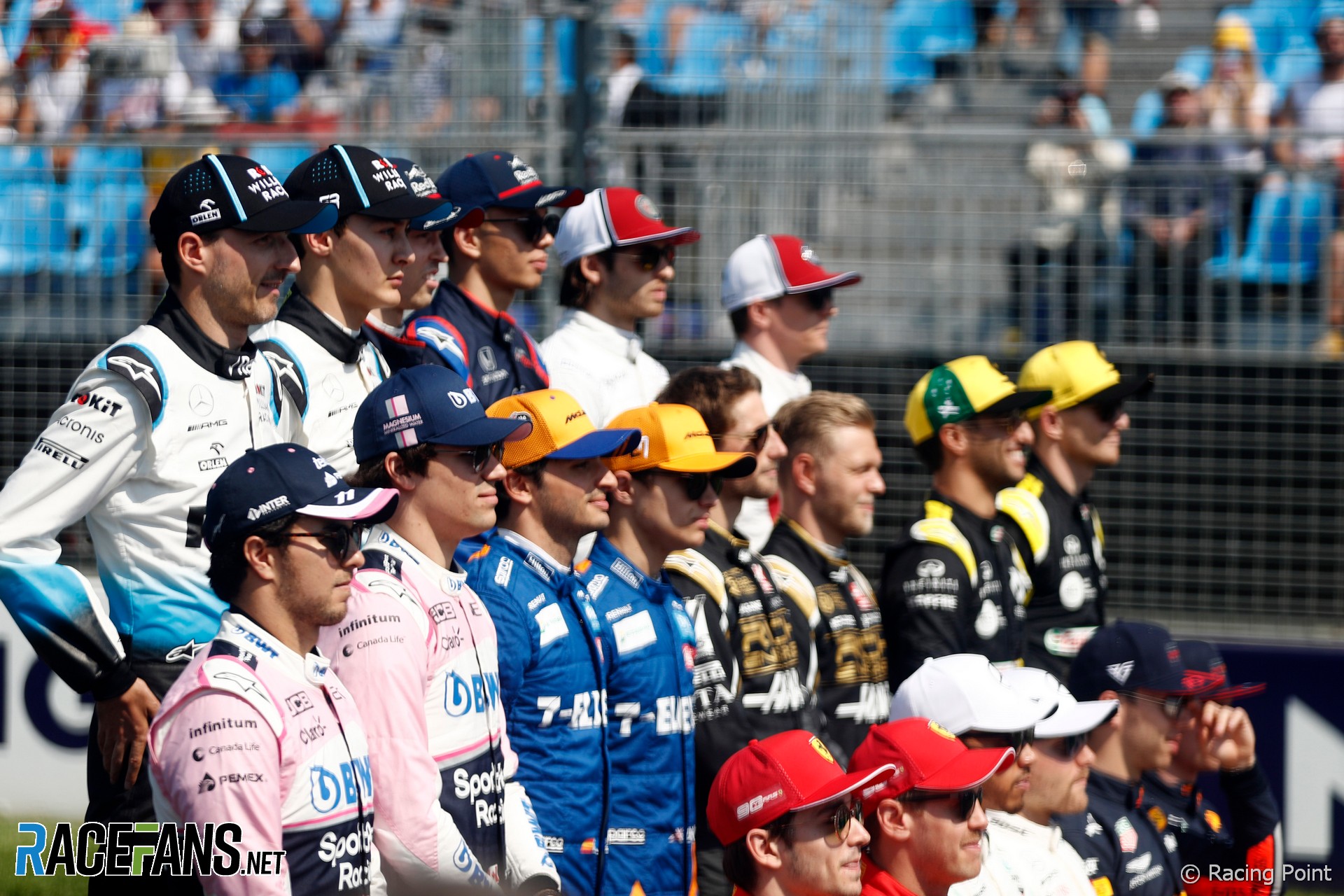









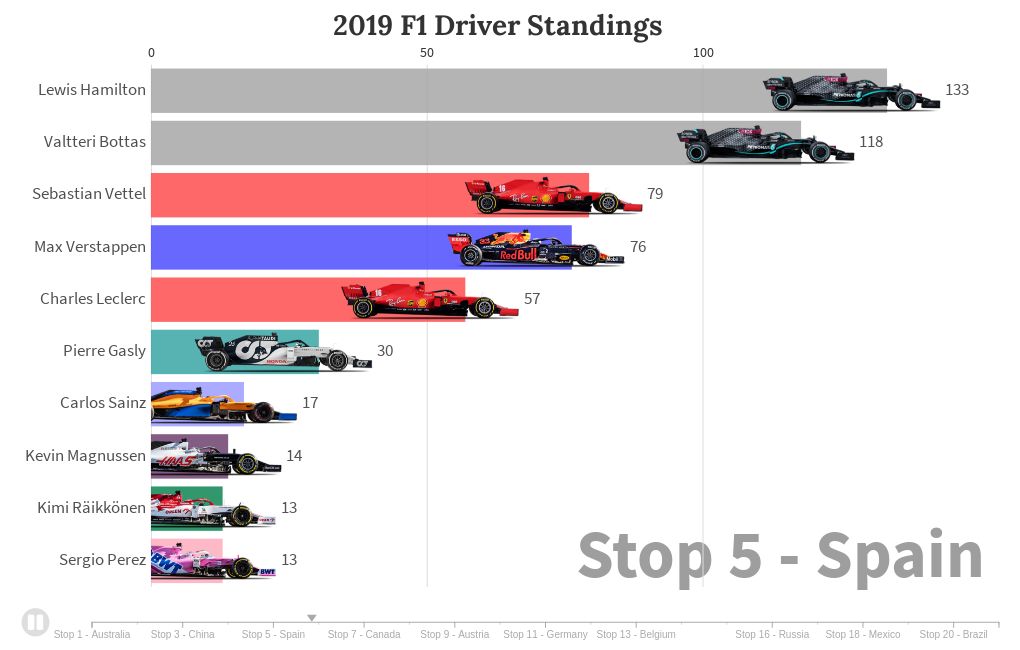




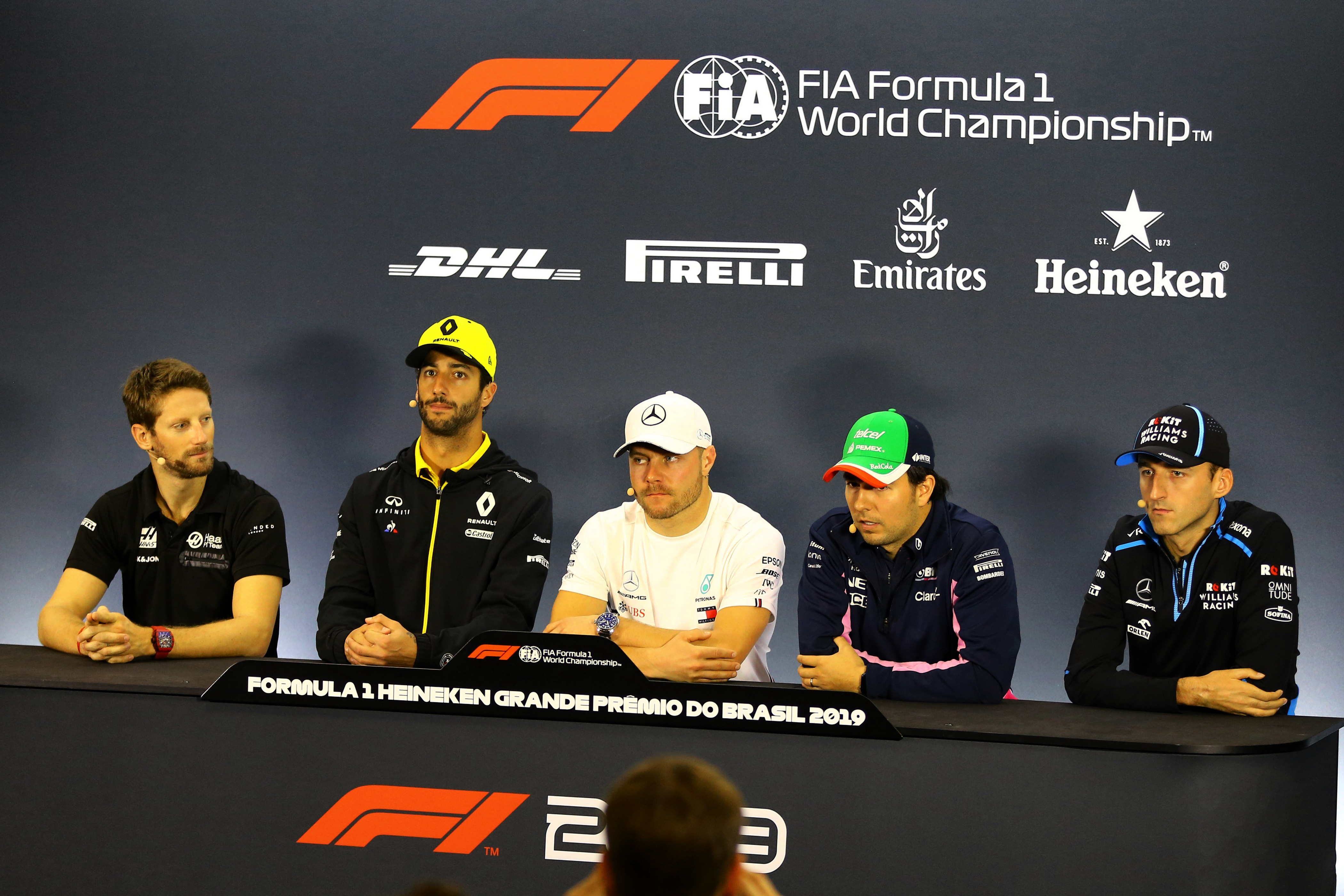







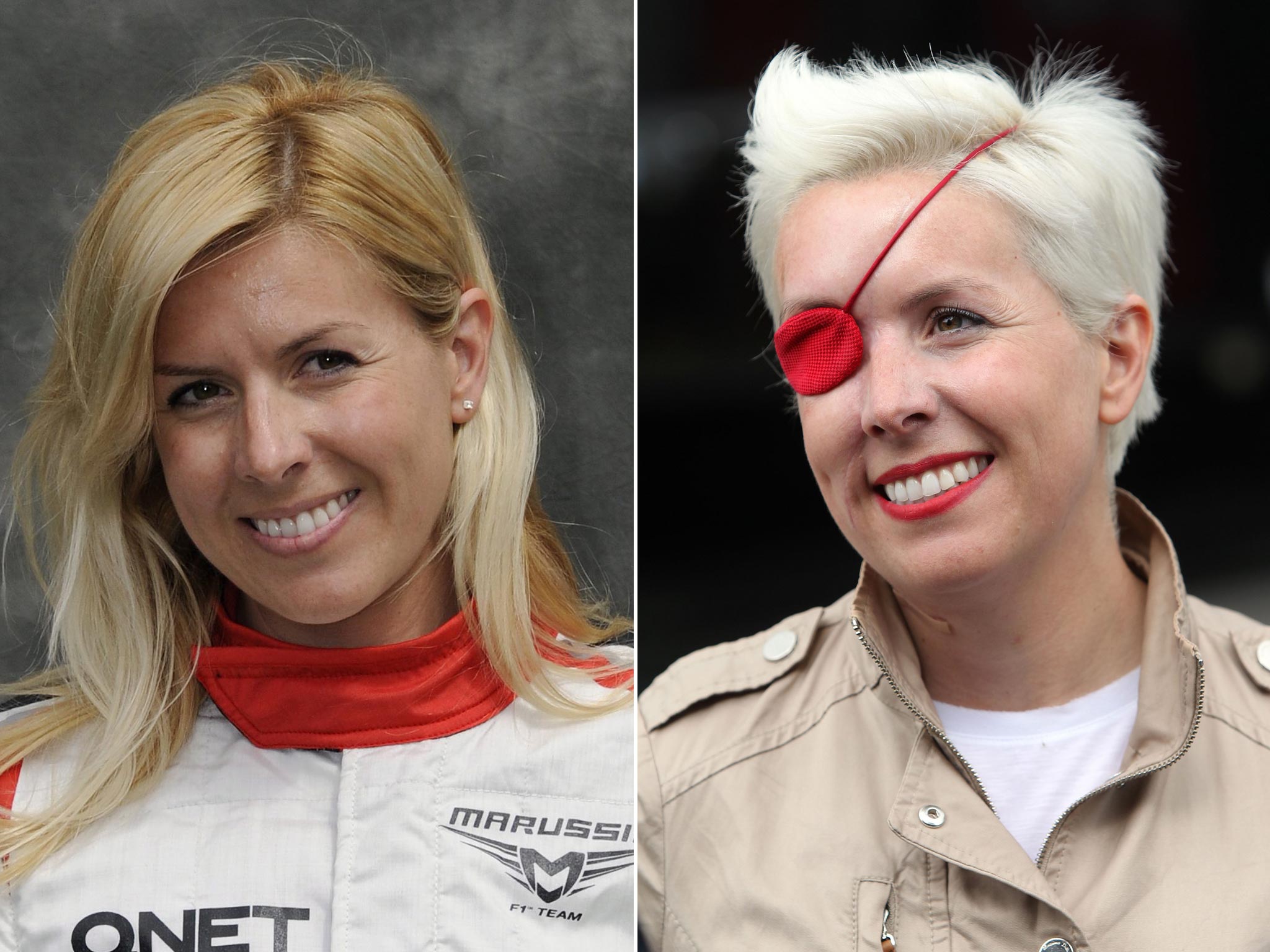



No comments:
Post a Comment
Note: Only a member of this blog may post a comment.